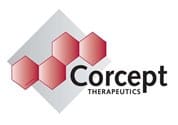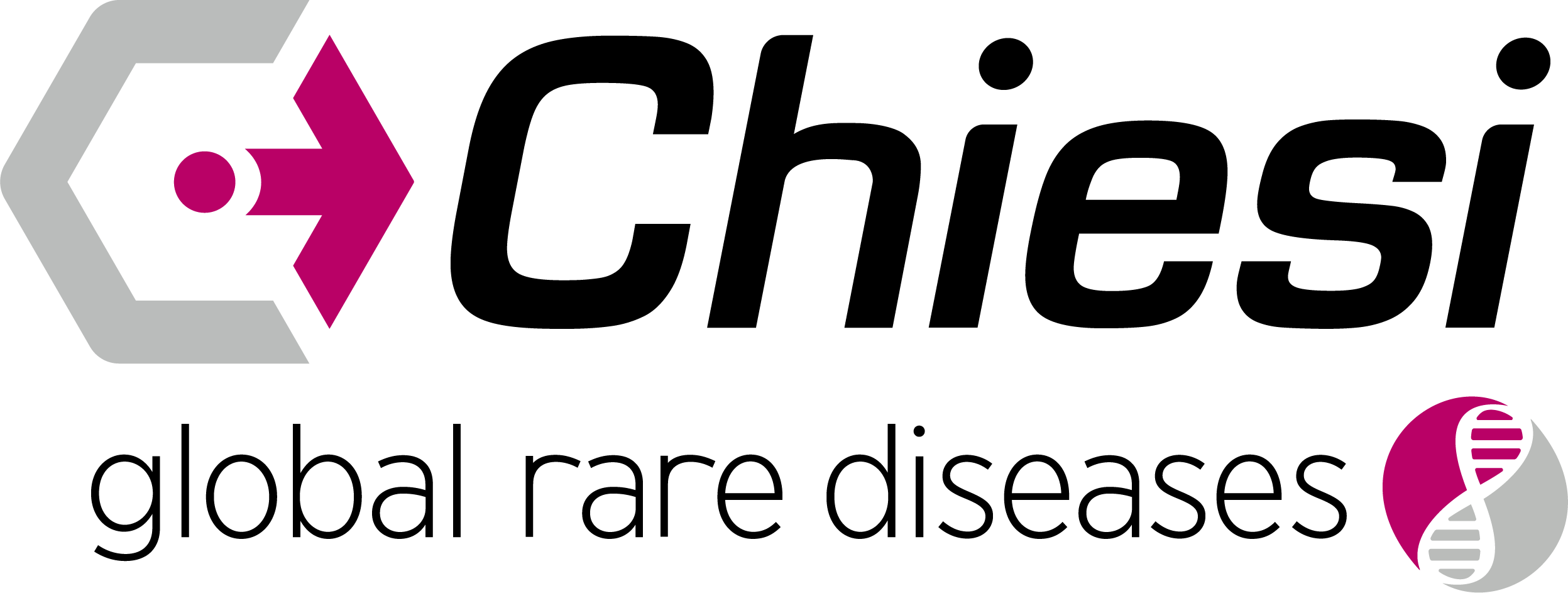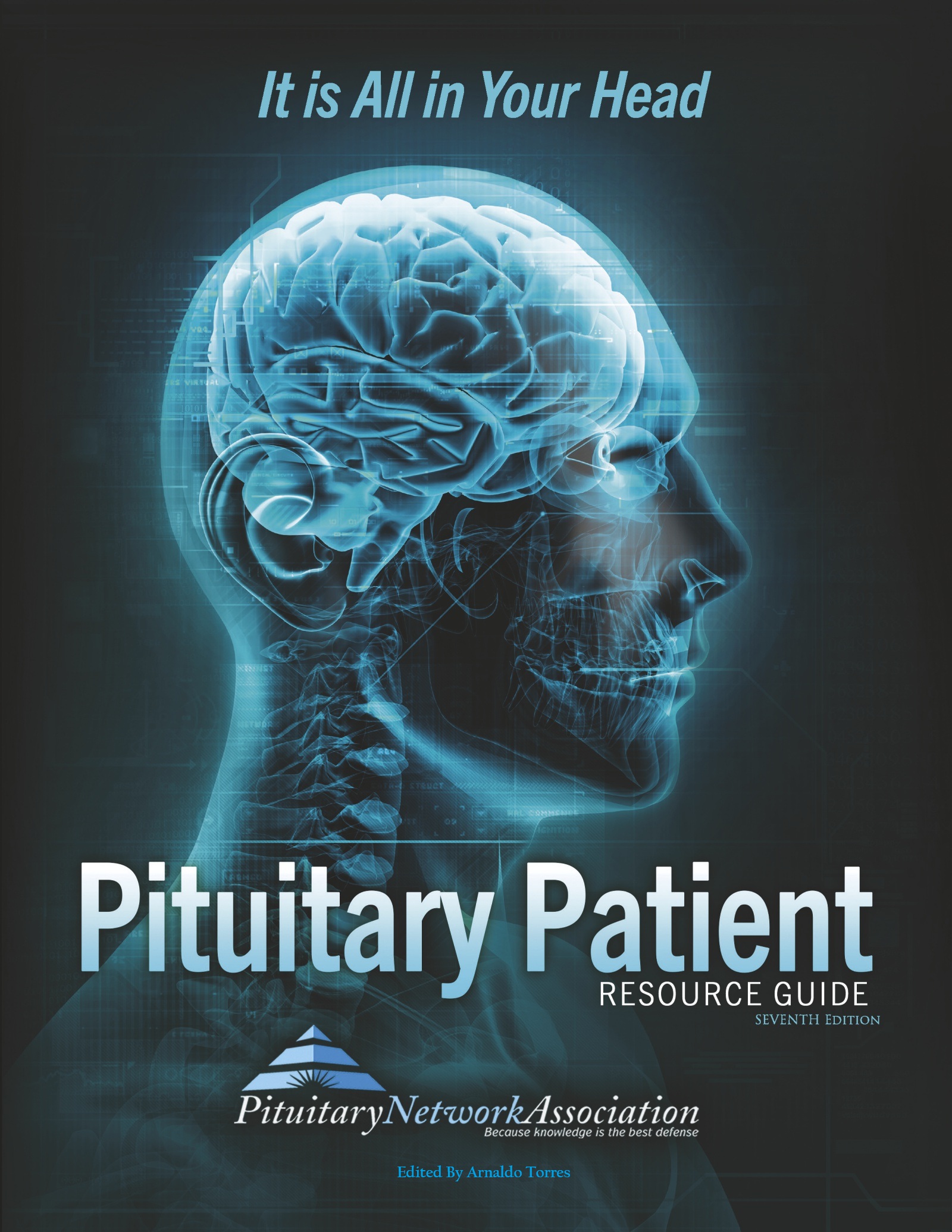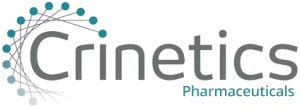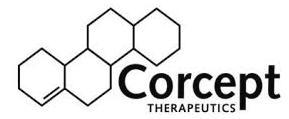News Articles February 2022
Written on 04 February 2022.
Glucagon Test
Glucagon is a hormone that is produced by cells in the pancreas the function of which is to raise blood sugar.
An alternative to the insulin tolerance test; used to test for normal function of the hypothalamus and pituitary gland; glucagon increases blood sugar levels, causing a number of hormones (e.g., growth hormone and cortisol) to be released in response.
Glucocorticoids
Medications used to decrease swelling around tumors. Medication to duplicate the effects of cortisol.
Often used to treat adrenal insufficiency.
Glucose
A type of sugar found in the blood; an important source of energy in the body.
Aldohexose occurring as the D form and found as a free monosaccharide in fruits and other parts of plants and in the normal blood of all animals; the end product of carbohydrate metabolism and the chief source of energy for most living organisms.
GnRH
The Gonadotropin Releasing Hormone, secreted by the hypothalamus; GnRH stimulates the release of LH and FSH from the pituitary gland.
Must be secreted in a coordinated fashion for LH and FSH to be secreted properly and then to stimulate gonads. Patietns with Kallmann’s syndrome have a deficiency of this hormone.
GnRH Pulsatile Therapy
A form of treatment which uses a portable, battery-driven pump to replace the missing GnRH by releasing it in pulses at regular intervals, typically every 90 minutes.
This pulsatility mimics the normal pulses of the GnRH producing cells. Restores fertility in 75% of Kallman’s patients.
Gonadotrophin
A hormone which regulates the function of the gonads; the two main gonadotrophins are LH and FSH, both released from the pituitary gland.
Secreted in a regulated fashion with minute-to-minute variations that are important for gland function.
Growth Factor
A substance made by the body that functions to regulate cell division and cell survival. Some growth factors are also produced in the laboratory and used in biological therapy.
A naturally occurring protein chemical that stimulates cell division and proliferation. It is produced by normal cells during embryonic development, tissue growth, and wound healing. Tumors, however, produce large amounts of growth factors.
GRS
Growth Hormone Research Society.
The Growth Hormone Research Society (GRS) was founded in 1992 to provide a forum for the study and exchange of ideas on all aspects of growth hormone (GH) physiology, and diseases involving abnormalities of the GH axis.
Gynecomastia
A usually harmless female-like enlargement of one or both breasts in males; occurs commonly in teen-aged boys, but may be a characteristic of some hypogonadal males.
Excessive development of the male mammary glands, even to the functional state; the development of abnormally large breasts in males. May occur in one or both breasts and begins as a small lump beneath the nipple, and the breasts often enlarge unevenly. Developing gynecomastia during puberty is common and usually recedes over a period of months. Gynecomastia can also be caused by chronic liver disease, exposure to anabolic steroids or estrogen, kidney failure, genetics, marijuana use, testosterone dificiency, or side effects from some medications. In rare instances an overactive thyroid, or genetic defects or tumors may be the cause.
HCG
Human Chorionic Gonadotrophin; a hormone which behaves like LH; made by the placenta, hCG may be extracted and used together with hMG to treat hypogonadism.
This is what is measured in a pregnancy test.
Available Now!
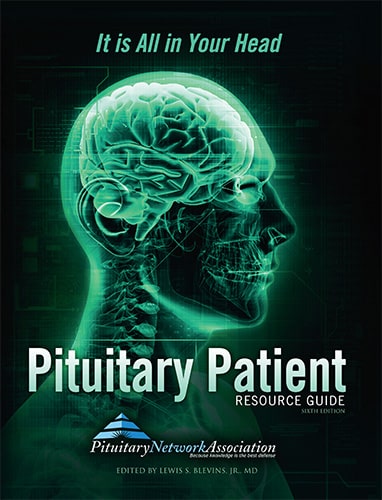
The Pituitary Patient Resource Guide Sixth Edition is now available! Be one of the first to have the most up-to-date information. The Pituitary Patient Resource Guide a one of a kind publication intended as an invaluable source of information not only for patients but also their families, physicians, and all health care providers. It contains information on symptoms, proper testing, how to get a diagnosis, and the treatment options that are available. It also includes Pituitary Network Association's patient resource listings for expert medical care.
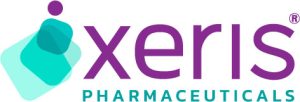
Xeris Pharmaceuticals is valued member of the PNA



